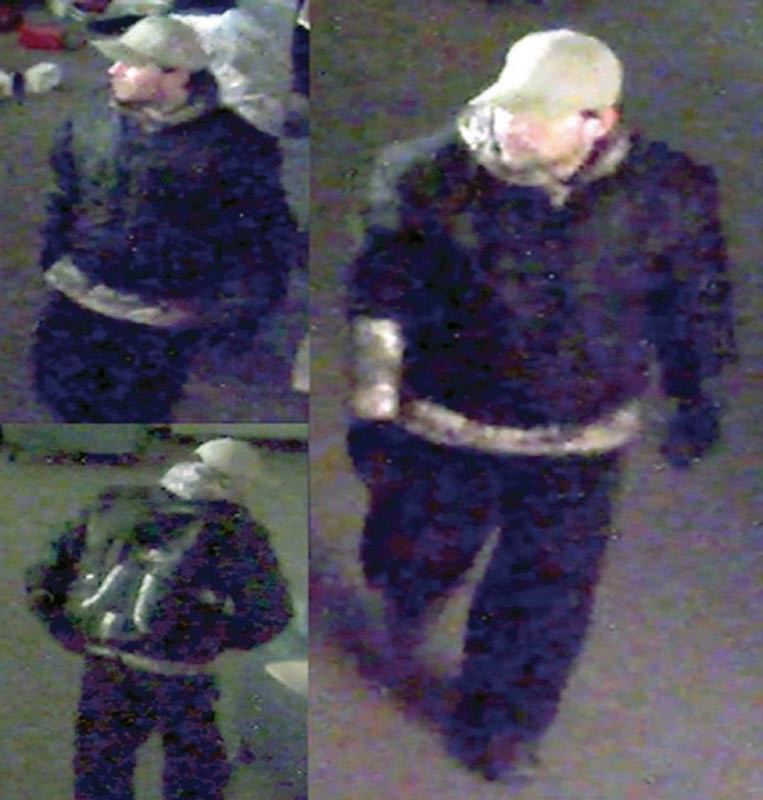The defence lawyer for a man accused of deliberately setting a fire in the Capilano University library told a judge this week there isn’t enough evidence to convict his client beyond a reasonable doubt.
Shane Clifford Nendick, 34, is charged with arson in connection with a fire in the university library that broke out on Jan. 1, 2015, resulting in about $200,000 of smoke and water damage.
Nendick is also charged with multiple counts of mischief stemming from damage to vehicles parked on residential streets near to Capilano University that had their tires slashed in the early hours of Dec. 4, 2014. He is also charged with breaking into the Mountain Highway Esso station Jan. 10, 2015 and to Henry’s Grocery on Aug. 12, 2015.
In total, Nendick faces 28 charges and has pleaded not guilty.
Lawyer Michael Fox told Judge William Rogers in North Vancouver provincial court on Monday that the case remains circumstantial.
“Your Honour must exercise great caution in drawing a conclusion beyond a reasonable doubt,” he said.
Earlier in the trial, which is taking place before a judge alone, Crown prosecutor Arlene Loyst outlined evidence in the case, which she said hinges on DNA evidence.
Blood matching Nendick’s DNA was found on slashed vehicle tires of several cars that had been damaged in a residential neighbourhood, said Loyst.
In the case of the Capilano University fire, security video showed a man taking papers into a library office followed by an “orange glow.”
The man captured leaving the office where the fire started is observed drinking from a two-litre bottle, said Loyst. A bottle matching that description was later found next to a door that had been smashed to gain entry to the library, with Nendick’s DNA on it.
Fox told the judge on Monday, however, that doesn’t prove his client is guilty.
Fox said there’s no way to tell if the bottle found at the crime scene is the same one observed in the surveillance video. “It looks similar,” he said, but added, “DNA alone on a single item is not sufficient” to prove the case.
Capilano University is open to the public, said Fox, and it’s possible Nendick brought the pop bottle into the library where it was overlooked by cleaners, then later moved by the suspect in the video.
Similarly, video evidence and a DNA sample taken from a knapsack dropped outside one of the break-ins aren’t enough to convict Nendick, said Fox.
The surveillance video quality is poor and doesn’t clearly show the suspect’s face, said Fox.
“I don’t think Your Honour can say Mr. Nendick is the person in the video,” he said.
While Nendick’s DNA was found on a pair of shorts from the dropped knapsack, another partial DNA match was also found, said Fox. That falls “far short” of establishing that Nendick broke into the gas station, he said.
In the tire slashing incident, Fox acknowledged the evidence of Nendick’s involvement is stronger. But even that isn’t ironclad proof, he said. Nendick could have come along after the tires were slashed, cut himself and “could have wiped his blood on the tires somehow,” said Fox.
The judge has reserved his decision in the case until the end of March.



